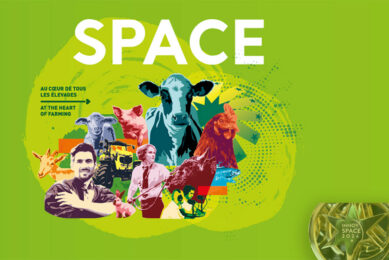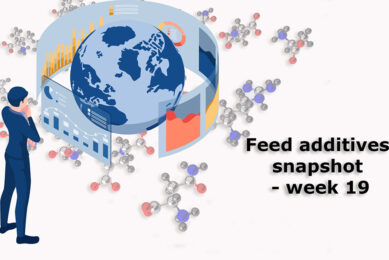SPACE: France facing the crisis
After a fall of agricultural income in 2008 (-11% in real terms, after two years of exceptional growth), French farmers have to face the consequences of the world crisis.
By Philippe Caldier
Almost all the sectors are marked by social or economical tensions due to lower prices and too high production costs. In the industry, mergers and acquisitions are frequent, as well as in dairy production or pig meat (e.g. the creation of Cooperl Arc Atlantique on January 1, 2009, which is now the first French pig slaughtergroup with 25% of the French slaughterings). The good results of the 2009 cereal harvest look like good news in this dark overview (see Table 1), with a crop of 69.6 million tonnes (+7% above the average of 2004-2008).
Beef markets: imbalance expected in 2009
In 2009, the decrease of the community dairy cows herd may continue because of the fall of the milk price. The net production of young bulls may stay close to the 2008 level thanks to the growth of the nursing livestock and the supply of crossbreed calves from the calves for slaughter production. The net production of oxen should keep decreasing. A supply-demand imbalance may be expected in 2009 as the European consumption should remain low. The meat prices may thus lower, especially during the first semester.
In France, the production may increase by 1 to 2%, because of the rise of cows and young bulls slaughterings. This could induce a reduction of meat prices whereas the prices of grazing males should grow thanks to the resumption of exports.
Poultry markets: drop of production
For poultry, a drop of production is registered during the first semester of 2009 compared to the same period of 2008 (-4.4% of broiler slaughterings and -5% of table egg production) and this decreasing trend is also observed in the consumption (-1.6% broiler consumption during the second trimester 2009).
French poultry extra-EU exports have jumped in 2008, due to strong demand in the Middle East, Russia an sub-Saharan Africa. Shipments to the EU-27, however, covering products with higher added value, remained on a downward trend. At the same time, imports continued to rise at a steady pace.
Pig markets: price decreases
A decrease of price is also observed by the French pig producers, with an average price at €1.189/kg at Plérin (reference quotation for France) during the seven first months of 2009 instead of €1.236/kg for the same period of 2008 (-3.80%).
Table 1. 2009 French crop production estimates (at August 1, 2009).
Surface (1,000 ha) | Yield (q/ha) | Production (1,000 t) | Production 09/08 (%) | |
Cereals: | 9,524 | 73 | 69,565 | -1 |
Soft wheat | 4,893 | 73.7 | 36,076 | -2.2 |
Hard wheat | 431 | 48.7 | 2,100 | -0.1 |
Barley | 1,837 | 68.5 | 12,581 | 3.4 |
Oats | 105 | 48.1 | 503 | 6.6 |
Rye | 25 | 48.8 | 123 | -0.1 |
Triticale | 350 | 56 | 1,960 | 7.6 |
Maize | 1,743 | 89.2 | 15,557 | -2.8 |
Oilseeds: | 2,176 | 32.6 | 7,093 | 11 |
Rape | 1,457 | 36.4 | 5,306 | 12.4 |
Sunflower | 685 | 24.7 | 1,692 | 5.2 |
Soya | 35 | 27.2 | 95 | 49.9 |
Protegineous: | 190 | 49.1 | 931 | 20.6 |
Dry peas | 110 | 48.2 | 529 | 17.4 |
Tick beans | 76 | 51.5 | 393 | 24.7 |
Animals | Number of head in 2008. | 2008/2007 (%). |
Dairy cows | 3,858,531 | 99.7 |
Beef cows | 4,252,912 | 100.1 |
Total cows | 8,111,443 | 99.9 |
Total cattle older than 2 years | 2,463,793 | 103.2 |
Total other cattle, 1 to 2 years | 3,553,141 | 102.9 |
Total cattle of less than 1 year | 5,759,081 | 99.6 |
Total cattle | 19,887,458 | 100.7 |
Total pigs | 14,805,557 | 100.3 |
Total goats | 1,224,391 | 99.8 |
Total sheep | 8,187,329 | 96.8 |










